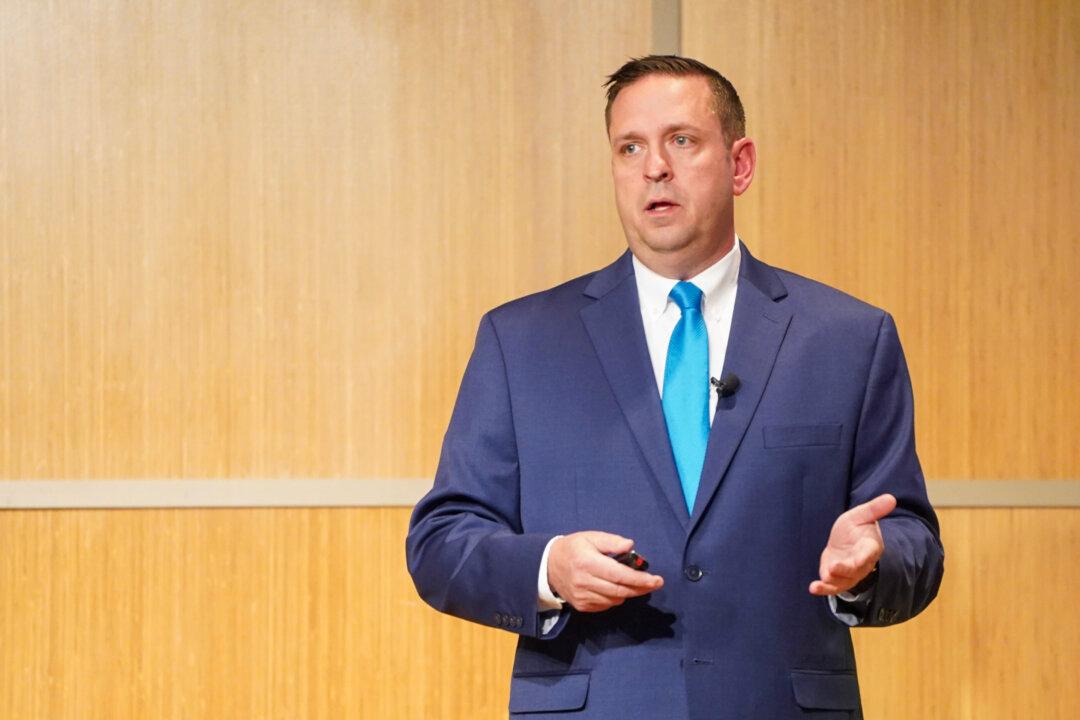SUNY Orange administrators proposed a voluntary early retirement program to county legislators on March 18 to help patch a potential $2 million hole in the upcoming college budget.
If the program worked as planned, which would mean 15 or so employees take the separation packages, it could generate over $1 million in savings during its first year, according to Paul Martland, vice president of Administration and Finance at SUNY Orange.





